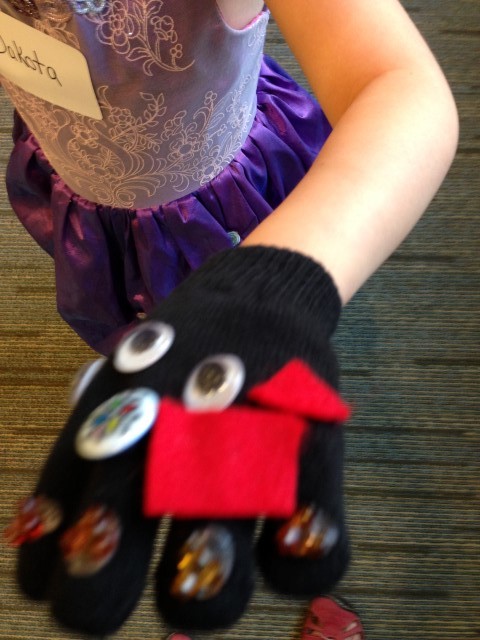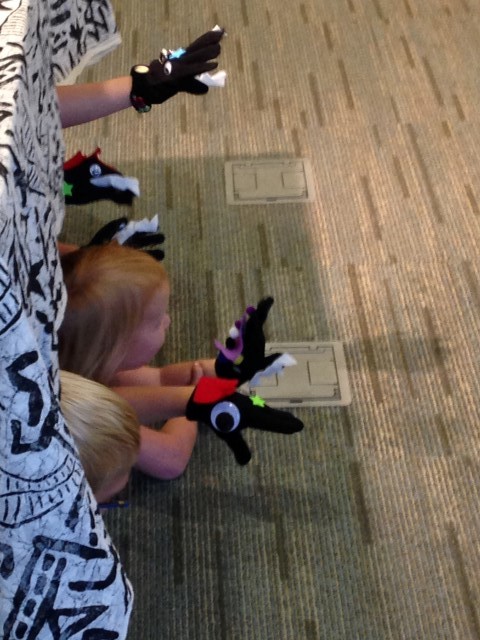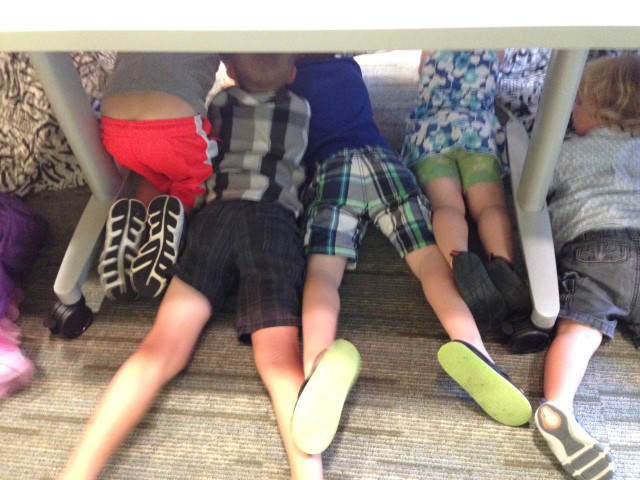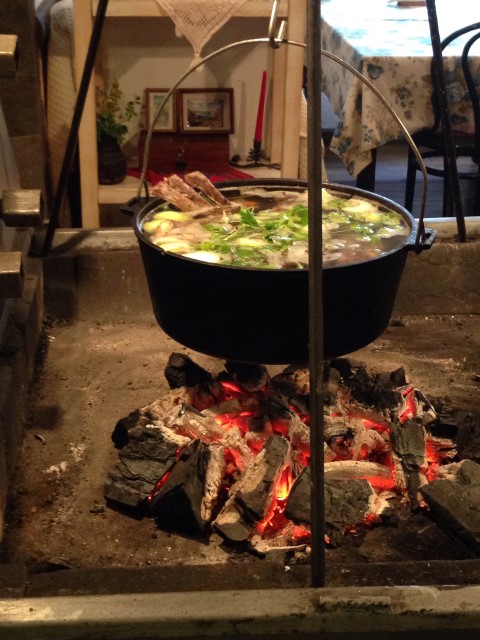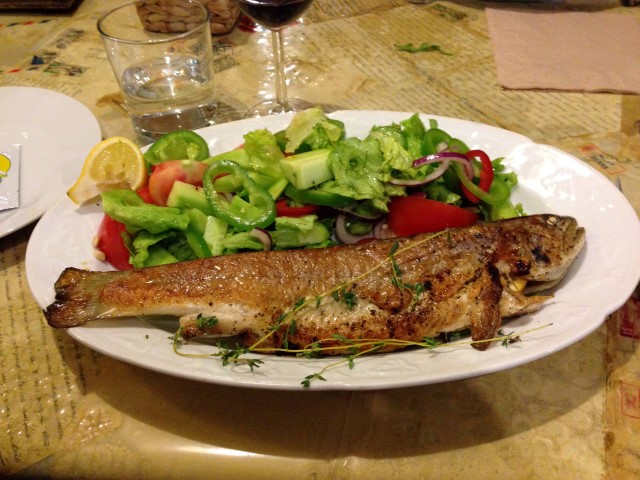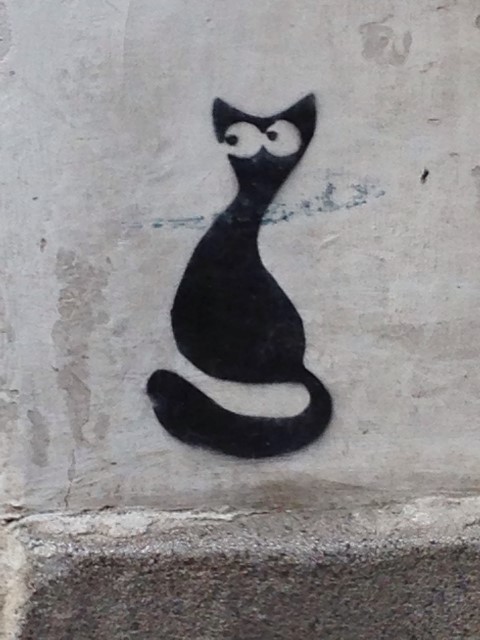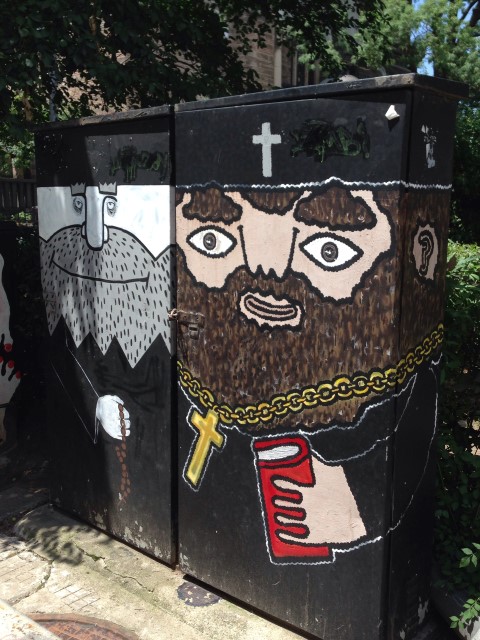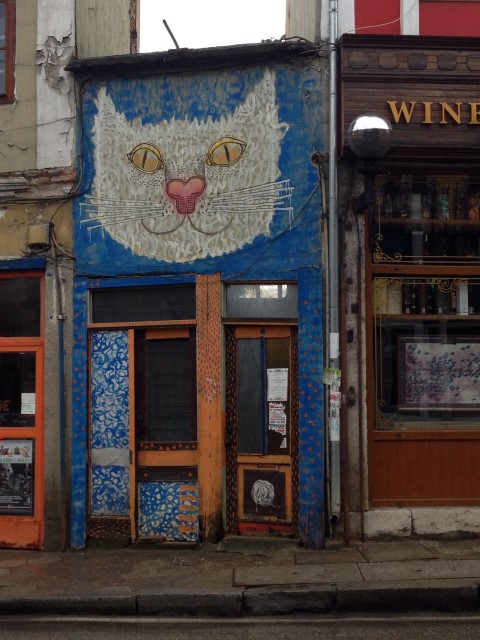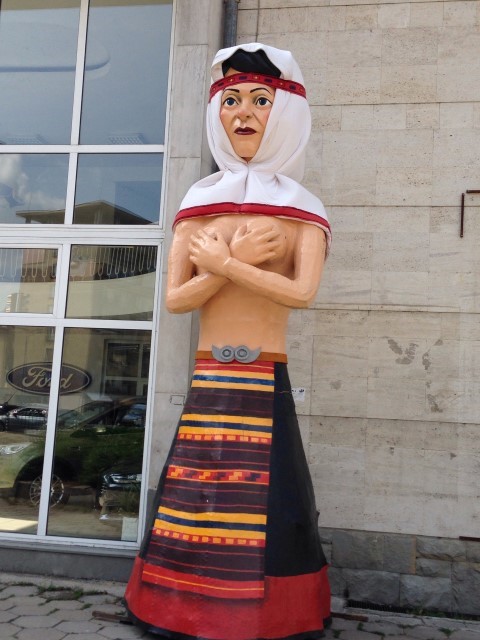Tips on telling funny-scary campfire stories (repost from 2009)
/I've been transferring posts from 2012 to 2015 to this blog, as I upgrade my website. In the process, I've dipped into my old blogspot site, Storytelling Notes. I began blogging in 2004 and had some prolific years. In 2009, for example, I wrote 71 posts and in 2008, I wrote 163. Holy cow! I'm going to have to up my game.
Here's one from 2009, with updated photo and video.
Night has fallen. The campfire flickers and pops, coals glow, listeners creep closer to the fire and the storyteller. It’s time for scary stories. But wait…some of the listeners are too small for the stories of La Llorona or hookman. It’s time for a funny-scary campfire story, just enough for shivers, not enough for nightmares. As many of you know, I’m best known for telling The Ghost With the One Black Eye, and many other classic funny-scary campfire stories. Here are a few tips for effective campfire storytelling for the youngest listeners.
1. Notice the body language of the listeners as you introduce the story. Suggest that the smallest children sit with an older sibling or adult. Some small children like very scary stories, but it’s kinder to the adults who have to be with the child later on to tell gentler stories to young children.
2. Let the listeners know right away that this will be a funny-scary story, not a scary-scary story.
3. Choose a story with a joke ending. You can find a few of these in Alvin Schwartz’ Scary Stories To Tell In The Dark series, in Simon Bronner’s American Children’s Folklore, or ask a ten-year-old who has been to camp.
4. Err on the side of goofy characters, not scary, for young listeners. Build in a hand movement or repetitive phrase so the audience can join in.
5. Sometimes even a funny story can scare a small child. Reassure the individual child that it will all be fine in the end.
6. For a little shiver, pause just before the punchline. This builds suspense and creates an even bigger laugh at the funny ending.
7. Don’t be surprised if children say “That wasn’t scary!” at the end. This is most likely not a true critique, just an observation--and sometimes a way a slightly scared child has of finding courage.
Once the little ones have gone off to bed, and you’re sure that those who are still around the fire can handle it, if you have time and inclination, then tell the truly scary stories.









